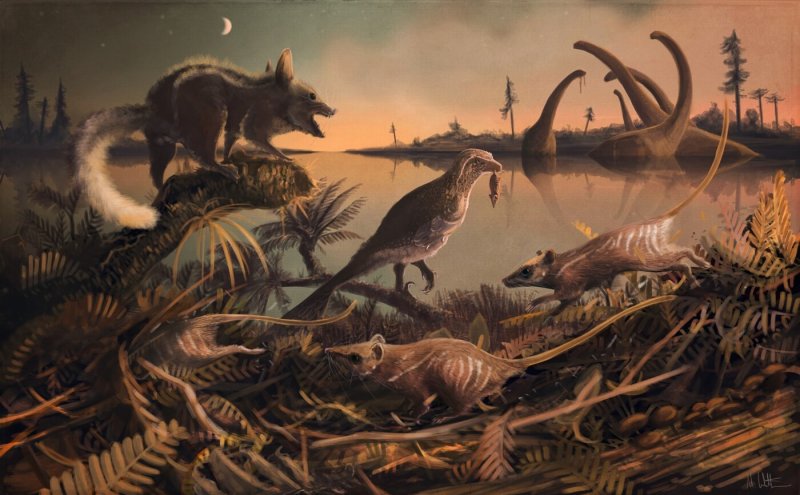Our species began as a sort of arboreal rat when dinosaurs ruled the planet, and arguments abound over where the simian line branched off, but it was apparently around the time the dinosaurs declined.
The general consensus is that the genus Homo began its evolutionary story in Africa and began spreading beyond the continent at least 2 million years ago. Not agreed is which route post-ape hominins, and then humans, took – if we can call it a route.
The general assumption is that they left Africa via Egypt and the Sinai Peninsula, then the “Levantine corridor,” including Israel. Some have postulated another route via the Horn of Africa, possibly when sea levels were low, before the passage through Arabia.
Now a study published in Nature by Huw Groucutt and Michael Petraglia of the Max Planck Institute for the Science of Human History, with a large international team, has shown that Arabia was occupied by multiple waves of hominins and humans over the last 400,000 years, at least. But they didn’t arrive via the Horn of Africa, they got there through Egypt and Sinai, Petraglia says.
When did these early humans live in Arabia, and not only on the coast but inland? In the interludes when it was green, Groucutt and the researchers say.































